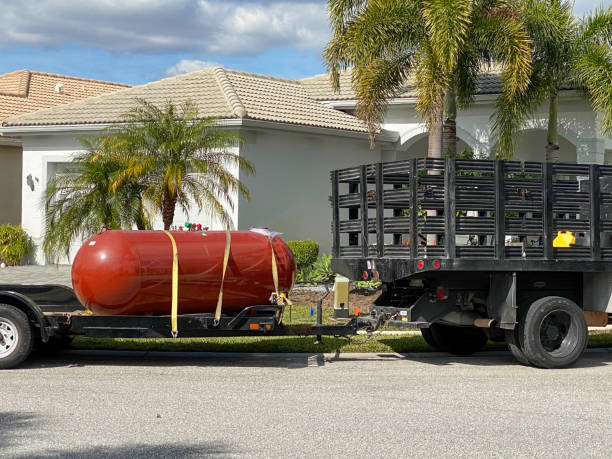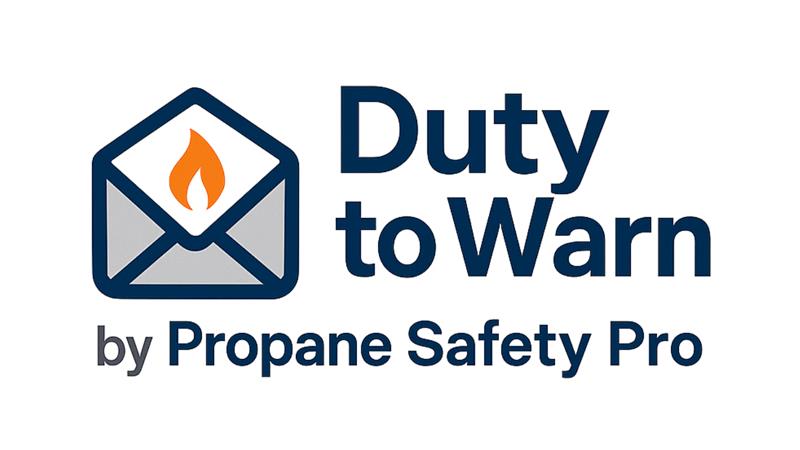Safeguarding Underground Propane Tanks: Essential Installation Practices

The proper installation of underground propane tanks is a crucial step in providing excellent customer care and top-notch propane service. When done right, this process will do much to ensure safety, compliance, and longevity. This guide highlights key considerations and best practices for safeguarding these installations.
Collaborative Planning with Contractors
Effective communication with building contractors is vital during the installation process. Coordinating schedules and understanding site requirements can facilitate a smooth installation process, ensuring consistent compliance with both local regulations and propane industry safety standards.
Corrosion Protection Through Anode Bags
The earth’s natural electrical currents can cause electrolysis, leading to corrosion of steel tanks. To mitigate this, installers use sacrificial anode bags that divert these currents away from the tank, acting as electrical decoys. Proper installation and activation of these anodes are critical for each tank’s preservation and longevity.
Ensuring Proper Installation Techniques
The technician’s role is vital in maintaining the tank’s integrity. Using adequate backfill materials protects the tank and piping from natural rocks and abrasives in the soil. It’s essential to ensure that the anode bag is correctly connected, placed in the designated location, and activated with water. Adhering to company policies and procedures regarding cathodic testing can further ensure the tank’s protection against corrosion.
Final Thoughts
The proper installation of underground propane tanks is a meticulous process that requires attention to detail and adherence to multiple safety protocols. By collaborating with contractors, understanding the benefits and risks, and following best practices, customers and technicians can work together to ensure a safe and durable propane storage solution.














